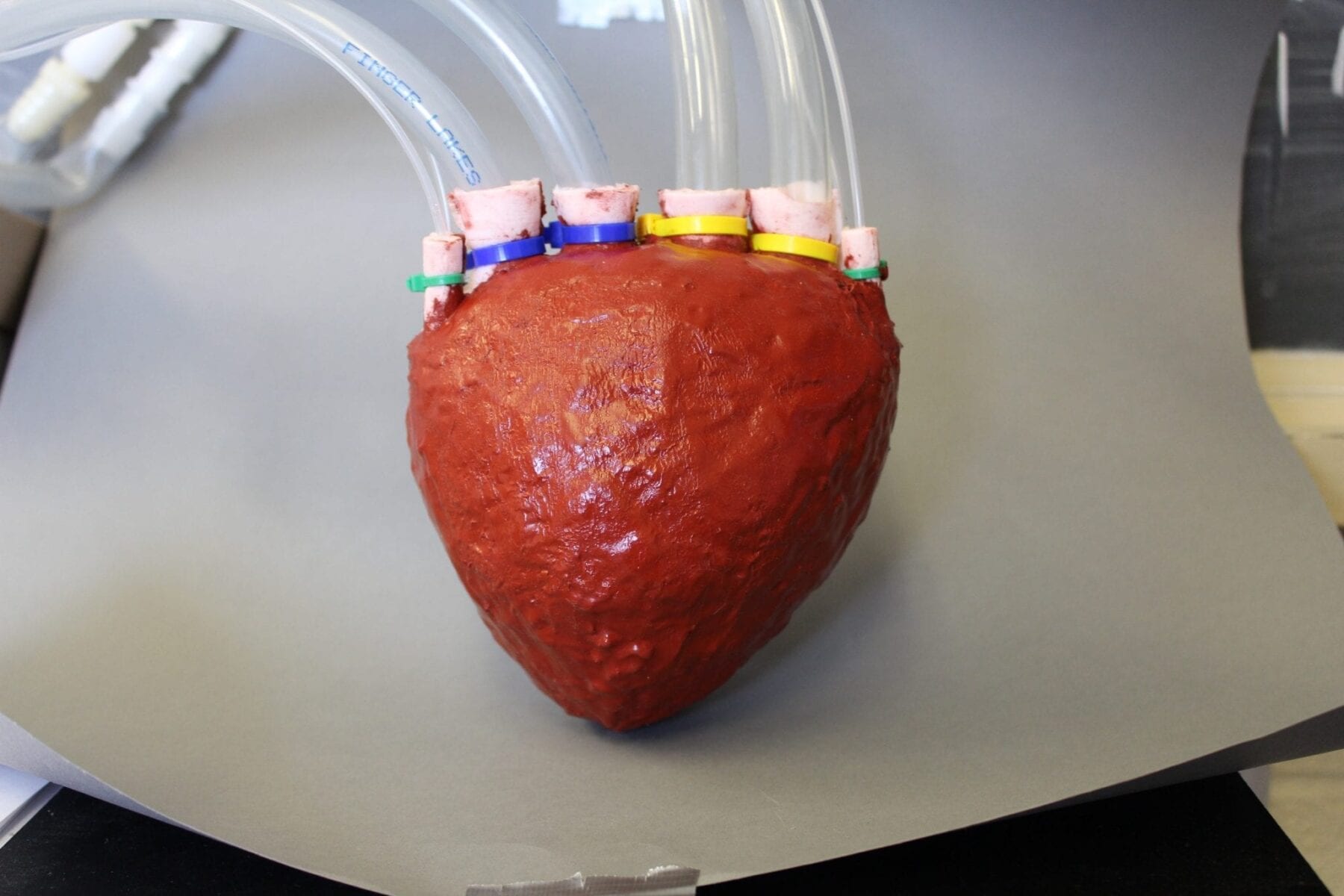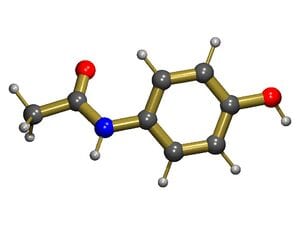
Cornell University researchers have developed a new lightweight and stretchable material with the consistency of memory foam that has potential for use in prosthetic body parts, artificial organs and soft robotics. The foam is unique because it can be formed and has connected pores that allow fluids to be pumped through it.
The polymer foam starts as a liquid that can be poured into a mold to create shapes, and because of the pathways for fluids, when air or liquid is pumped through it, the material moves and can change its length by 300 percent.
While applications for use inside the body require federal approval and testing, Cornell researchers are close to making prosthetic body parts with the so-called “elastomer foam.”
“We are currently pretty far along for making a prosthetic hand this way,” said Rob Shepherd, assistant professor of mechanical and aerospace engineering, and senior author of a paper appearing online and in an upcoming issue of the journal Advanced Materials. Benjamin Mac Murray, a graduate student in Shepherd’s lab, is the paper’s first author.
In the paper, the researchers demonstrated a pump they made into a heart, mimicking both shape and function.
Read more: Cornell researchers create artificial foam heart
The Latest on: Elastomer foam
[google_news title=”” keyword=”elastomer foam” num_posts=”10″ blurb_length=”0″ show_thumb=”left”]
via Google News
The Latest on: Elastomer foam
- NIKE x 1017 ALYX 9SM: Discover the new Zoom MMW 6 TRD RUNon May 8, 2024 at 11:30 pm
Nike and designer Matthew M. Williams have teamed up to create a new shoe, the Nike Zoom MMW 6 TRD RUN, designed especially for treadmill running.
- 99% of US Car Interiors Release Suspected Cancer-Causing Agents: Studyon May 8, 2024 at 4:11 pm
"Commuting to work shouldn't come with a cancer risk, and children shouldn't breathe in chemicals that can harm their brains on their way to school," the researchers say.
- The 10 Best Running Shoes for Menon May 8, 2024 at 3:07 pm
Brooks switched up the foam from its traditional EVA compound to a combination of EVA foam, rubber and air, dubbed DNA Loft. In our experience, Brooks’ DNA Loft shoes can feel a little bit lighter and ...
- Pork chop on a pole waved again at Jazz Fest 2024 as friends remember leader who diedon May 8, 2024 at 7:00 am
The giant crowd at the New Orleans Jazz & Heritage Festival can sometimes look like a medieval army, although with Hawaiian shirts, sunglasses, and cans of beer. Every subgroup seems ...
- Best pickleball shoes for every style of pickleball player in 2024on May 7, 2024 at 2:38 pm
The best pickleball shoes from Head, Nike and more are durable, stable and comfortable so you can focus on your serve.
- Best Latex Mattresses of 2024on May 2, 2024 at 6:00 pm
Natural and organic latex is also welcome for eco-conscious shoppers because it's sustainably sourced from tropical rubber trees. Natural and organic latex foam has hypoallergenic and ...
- This memory foam seat cushion has satisfied more than 67,000 backsides — and it's almost 40% offon May 1, 2024 at 2:50 pm
You can't put a price on comfort, and this seat cushion is worth it even when it's not on sale — but we like to save, and we know you do too. Right now, the cushion is nearly 40% off. We've seen it ...
- World record rubber duck washes ashore 18 years later: ‘We got a bit excited’on April 21, 2024 at 7:18 pm
A rubber duck that escaped a failed world record attempt nearly 18 years ago in Ireland has been found by a Scottish teen more than 400 miles away. SWNS They quacked the case of The Missing Toy Duck.
- Foam versus rubber flooringon February 13, 2024 at 10:10 am
Foam flooring is certainly cheaper than rubber flooring but foam tiles can’t really compete when it comes to performance and durability. Foam tiles work well for low impact exercise and ...
- NFL’s Safest Helmets Absorb Impact With 3D Printing Instead Of Foamon October 1, 2023 at 9:23 am
“It is our most advanced and most engineered damping elastomer available right now ... 3D-printed padding replaces traditional foam in Vicis helmets for better performance and fit.
via Bing News











